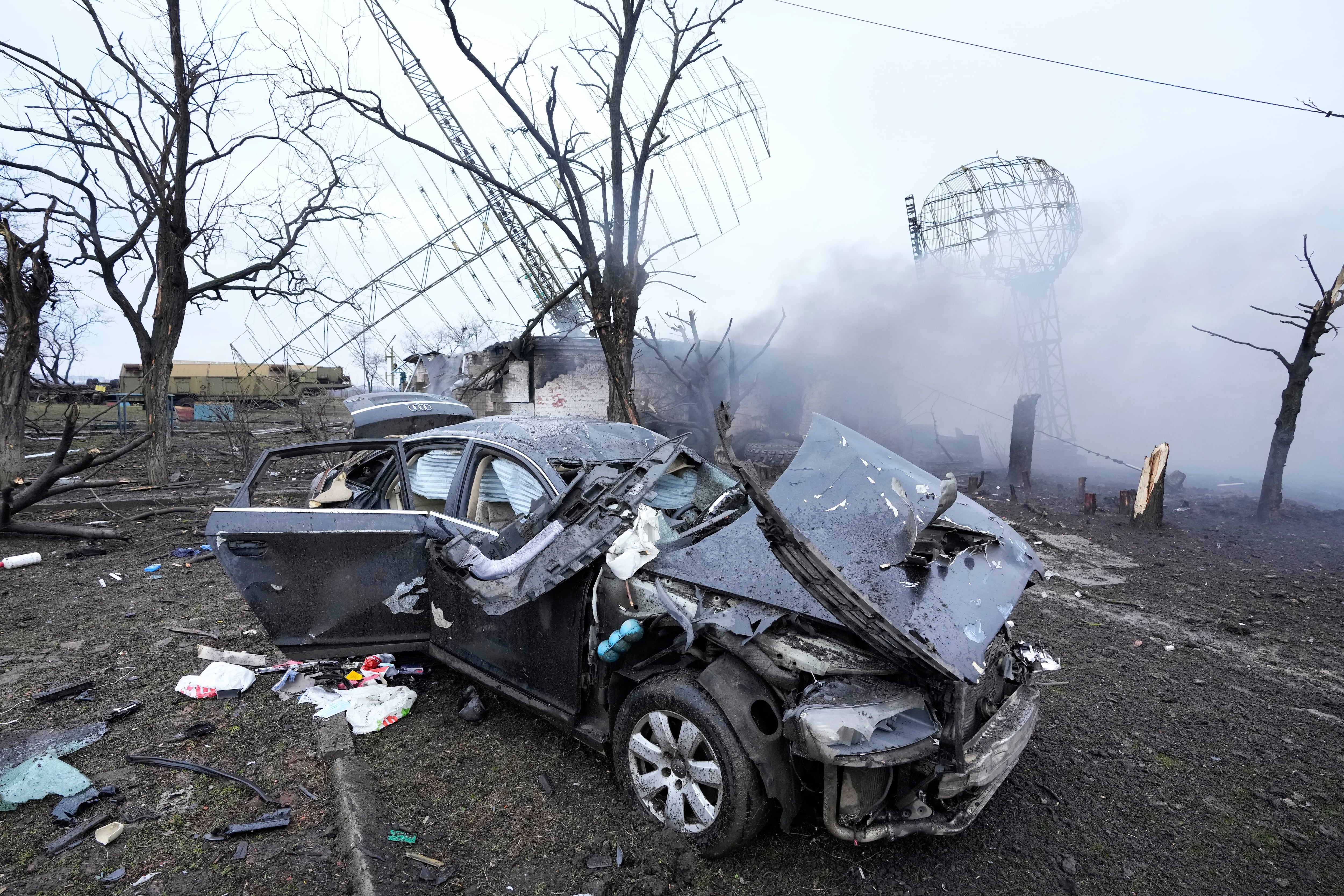Since February 2022, Russia has fired thousands of missiles and loitering munitions at Ukraine’s cities, infrastructure and military forces. These attacks have killed and maimed thousands of Ukrainian civilians and military personnel.
Despite the heavy toll of Russia’s missile war on Ukraine, the attacks have, in the aggregate, failed to produce the kind of decisive strategic effects Moscow likely expected would bring about Ukrainian capitulation. My recently released report, Putin’s Missile War, attributes Russia’s underperformance to incompetency within its military and to Ukraine’s skillful use of air defenses and passive measures like dispersion and deception.
Although our understanding of what has transpired in the air war over Ukraine remains incomplete, some things are becoming clearer. More than a year into the war, the Ukrainian military’s command-and-control apparatus remains intact.
Ukraine’s air force and air defenses continue to frustrate Russian air and missile operations. Western weaponry continues to flow to the front lines, and the morale of the Ukrainian people remains steadfast despite enormous hardships.
As we enter spring, Ukraine’s electric grid remains fragile, but functional. And while Discord leaks indicate Ukraine is running low on air defense interceptors, new Western air defense systems continue to arrive to mitigate a future shortfall.
Meanwhile, Russian missile attacks against Ukraine’s civilian infrastructure are becoming less frequent. Pre-war Russian missile stocks are largely diminished, and Moscow is likely now reliant on smaller numbers of newly produced missiles.
The results of Russia’s long-range strike campaign in Ukraine contrasts with those waged by the United States and coalition military forces during Operation Desert Storm and Operation Iraqi Freedom. In those wars, U.S. cruise missiles and other precision-guided munitions played a pivotal role in fracturing Iraq’s military from its political leadership, suppressing enemy air defenses and achieving coalition air supremacy.
Russia’s inability to achieve similar strategic effects with its early air campaigns gave Ukraine the time and breathing room to disperse and reconstitute its forces. And Russia’s continued inability to achieve air superiority and significantly disrupt Ukrainian logistics has permitted the Ukrainian Armed Forces to prosecute aggressive counteroffensives with increasingly sophisticated weaponry.
In a successful strike campaign, one would expect a belligerent to become less dependent on stand-off strike assets over time as it wore down its adversary’s air force and air defenses. Yet Russia has experienced the opposite. Its failure to achieve air superiority in the early phases has caused an increasing dependence on missiles and other stand-off weapons, such as one-way attack drones, to strike targets anywhere beyond the front lines. In this way, Russia has become a victim of the kind of anti-access/area denial strategies it has sought to develop over many years.
In the broadest sense, one cannot separate Russia’s haphazard missile campaign against Ukraine from wider strategic failures that have plagued nearly all aspects of Moscow’s war effort. Yet some unique factors have contributed to the underperformance of Russian missile forces. Russia’s intelligence and targeting capabilities have been too slow and inflexible to keep pace with the dynamic, fast-changing battlespace.
Russia also underestimated the scale of strike operations needed to accomplish its initial war goals. Effective Ukrainian air defenses too have limited the number of Russian missiles successfully reaching their targets. Although the impact of Ukrainian air defenses is difficult to independently confirm, the general trend lines suggest the force is growing more efficient and capable of thinning out Russian missile and drone salvos.
At the start of the conflict, for instance, Ukraine was intercepting no more than 10% of incoming Russian cruise missiles. By early fall, Ukraine was claiming to intercept around half of Russian cruise missile salvos. By the end of 2022, after the arrival of longer-range Western air defenses like NASAMS and IRIS-T, Ukraine regularly claims to intercept 75%-80% of cruise missile salvos.
Russia’s missile strikes against Ukraine have nevertheless taken a tragic toll. Since failing to reach its initial military objectives, Russia has focused its missile attacks on Ukraine’s civilian infrastructure and industry, including the electric grid and transportation infrastructure.
In the longer term, the damage Russian missiles have inflicted will likely weigh down Ukraine’s economic recovery and make additional foreign assistance critical to rebuilding. The continued provision of air defenses now will mitigate these future costs and reinforce a sense of security that could encourage Ukrainian refugees to return home. Such refugee repatriations will be important to Ukraine’s post-war economic recovery and future self-sufficiency.
In its struggle against Russian missile attacks, Ukraine has shown that Russian missiles are dangerous but not unstoppable. Even under harrowing circumstances, Ukraine has defeated advanced Russian cruise missiles with high-tech counters such as active air defenses and low-tech practices such as dispersion, mobility, deception, and camouflage.
One cannot assume Russia or others would repeat the same operational blunders in a future war. Still, Ukraine’s experience illustrates that air and missile defense works, and when combined with passive measures like dispersion and deception, can mitigate even numerous and advanced missile threats from a near-peer adversary.
Ian Williams is a fellow in the International Security Program at the Center for Strategic and International Studies and deputy director of the Missile Defense Project.








